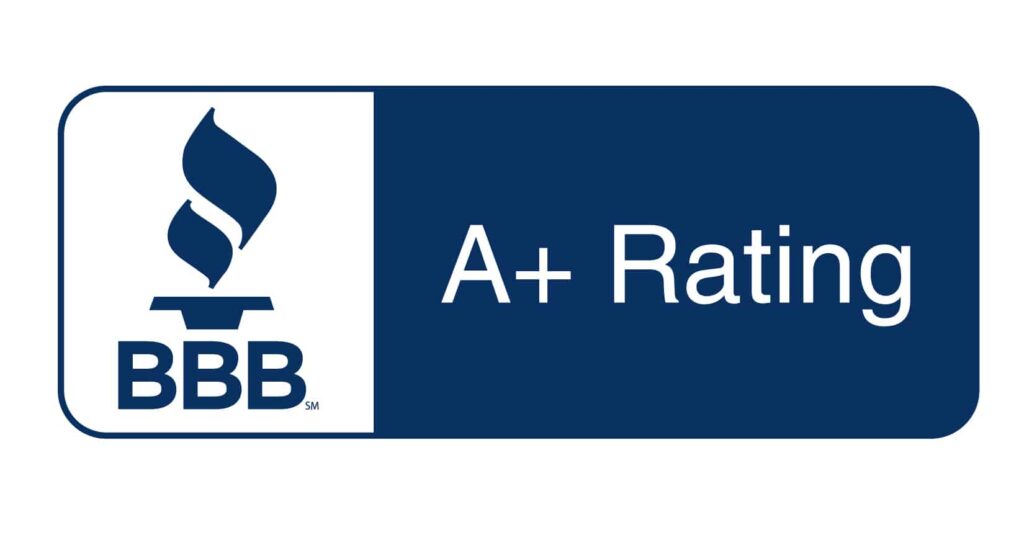According to the US Environmental Protection Agency (EPA), the construction industry generates approximately 136 million tons of waste annually. It is estimated that a significant portion of this waste is generated by the roofing industry.
In order to reduce the amount of waste generated by the roofing industry, it is important for roofing companies and contractors to implement sustainable practices, such as recycling, using eco-friendly materials, and properly disposing of waste. Additionally, consumers can also make a difference by choosing environmentally-friendly roofing materials and contractors that prioritize sustainability.
One of the most eco-friendly options for a homeowner to consider when making upgrades to their home is a metal roof. Metal roofs are often considered to be more sustainable than other roofing materials for several reasons:
Durability
Metal roofs are known for their long lifespan, which can be up to 50 years or more, making them a more sustainable choice in the long run. This reduces the need for frequent replacements and the waste generated by them.
Recyclability
Most metal roofing products are made from recycled materials and can be recycled again at the end of their life, further reducing waste.
Energy Efficiency
Metal roofs can reflect sunlight, reducing the amount of heat absorbed by a building and reducing the need for air conditioning. This can lead to lower energy bills and a reduced carbon footprint.
Weather Resistance
Metal roofs are resistant to wind, hail, fire, and other extreme weather conditions, making them a more sustainable choice for areas prone to natural disasters. This can reduce the need for repairs and replacements after severe weather events.
Lighter Weight
Metal roofs are often lighter weight than other roofing materials, making them easier to transport, install, and handle, which can reduce the environmental impact of the roofing process.
Versatility
Metal roofs can be designed in a variety of styles and colors, making them a versatile option for any type of building.
It’s important to note that the sustainability of a metal roof also depends on the manufacturing processes and the specific materials used. For example, aluminum roofs have a lower carbon footprint than steel roofs, which are often made using energy-intensive processes. When choosing a metal roof, it’s important to consider its environmental impact and to choose a product that is made using sustainable and environmentally-friendly practices.




